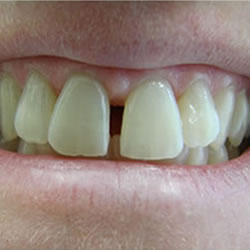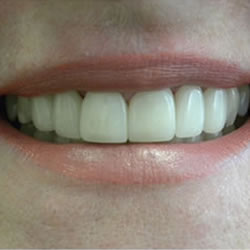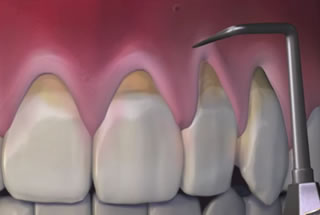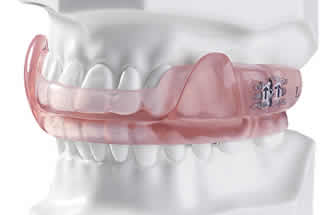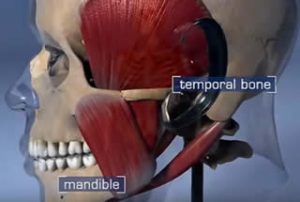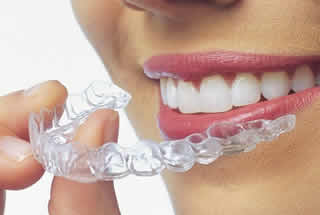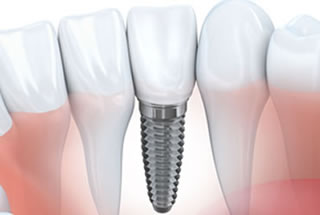It can be alarming if you notice any kind of lump in your body, and finding one in your mouth is no exception. Oral cysts can form anywhere in the mouth (including the lips, tongue, bones, throat, or salivary glands) and are usually filled with fluid. The good news is that oral cysts are not cancerous and generally not painful. Let’s learn what to do if you develop one.
Symptoms
In the soft tissues of your mouth, a cyst will appear as a small, painless bump that is usually less than one inch wide. It can be under the skin of the lips, inner cheek, or gums. Unless it is infected, it doesn’t hurt. Sometimes swelling occurs in your mouth or jaw, which may indicate a cyst as well.
Diagnosis
An oral cyst is not cancerous, but it’s still important to have your dentist examine it to get an accurate diagnosis. Many cysts can be examined visually, but sometimes an x-ray is needed if it’s in a bone or other hidden area. Your dentist may perform a biopsy, which means removing a small amount of tissue or extracting some of the fluid and then sending it to a lab for analysis. The biopsy can help identify the type of cyst.
Treatment
Although there is no way to prevent cysts from forming, there are treatment options for them. Often, an oral surgeon is needed to remove the cyst under local anesthesia. If infection is present, antibiotics may be prescribed. Without treatment, cysts may continue to grow bigger so it’s better to have them removed.
Prognosis
The prognosis after cyst removal is excellent, but there is the chance that the cyst will reoccur. You should get routine checkups by your dentist to monitor the area.

 E-Mail Us
E-Mail Us  416-595-5490
416-595-5490